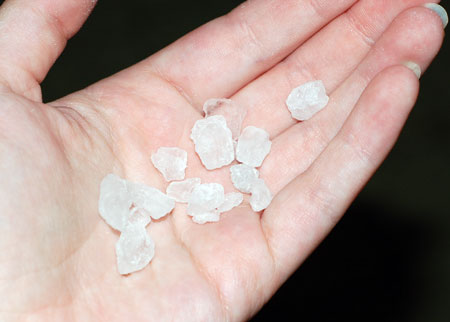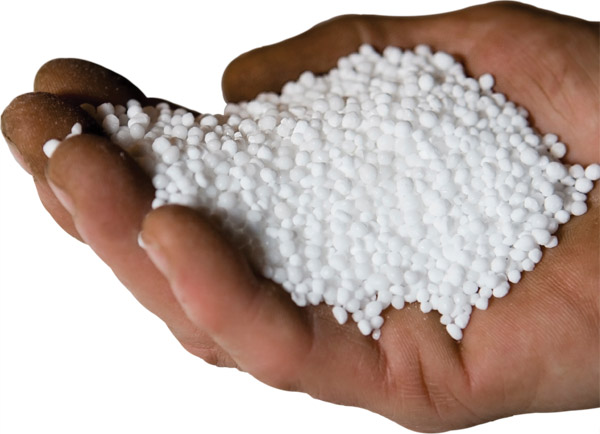Is Urea Fertilizer A Good Alternative To Rock Salt For Melting Snow?
With the dropping barometer comes the environmental condition that has you slipping and sliding from your front door to your car door every year. Ice. Keeping your limbs safe and sound this winter requires that you have a sound de-icing plan on hand for when the flurries start to land, and the dropping temperature turns them into ice. I’m tired this week. I need some torpor, hibernation, or estivation (source).
When it comes time for you to pull out the hat, gloves, scarf, and snow shovel you should also give due consideration to the ice treatment regimen you wish to implement because getting the snow off the sidewalk is just half the battle in maintaining a slip free environment. Whereas rock salt was your go to plan for removing ice last year, the damage that the practice caused your grass has you rethinking your options this winter season. If you are considering making the switch to a urea-based solution this winter, here are the facts when it comes to comparing the two treatments.
Rock Salt
The ubiquitous use of rock salt for de-icing purposes didn’t begin in earnest until the 1960s. Its wide spread popularity was occasioned by its effectiveness on both roads and sidewalks, and is by far the cheapest of the various de-icing compounds. Salt’s properties work particularly well due to its propensity to easily dissolve moisture and results in a saltwater solution that remains at lower temperatures than simple water. Additionally, when it is used in road clearing applications, the friction caused by the moving traffic builds up heat and generally works well down to 15° Fahrenheit. At temperatures lower than 15° it is difficult to find available moisture to begin the breakdown process.
As efficient as rock salt works however, it is not without its detractors. Primarily speaking, de-icing with rock salt can wreck havoc on your landscape through burning plant roots, and can cause damage to pavement surfaces. This damage is not so much caused by the rock salt itself, but rather is caused by the freeze-thaw sequence that continuously weakens the pavement surface and leads to fractures.
Urea Fertilizer
As a de-icing agent Urea, also known as carbamide, is an attractive option for those custom home owners who are looking for a solution to their slippery walkways. Urea is a nitrogen rich chemical that is typically utilized in fertilizer formulas and presents several desirable characteristics as a de-icing compound.
Although excessive application of urea can cause as much damage to nearby grass and shrubbery as rock salt, if used in moderation you will emerge from the winter months with the greenest swath of grass in the subdivision. Using urea is highly desirable in instances where chlorides can not be used such as on elevated walkways and airports. Additionally, urea was also found to be the more aggressive of the two de-icing treatments when it comes to damaging concrete due to the corrosive attributes of ammonium (source).
When it comes to gauging the effectiveness of urea as compared to good old fashioned rock salt, the studies suggest that the former comes up lacking. With an effective working range of only 25â° Fahrenheit, urea does not have what it takes to break up ice when it really gets cold.






